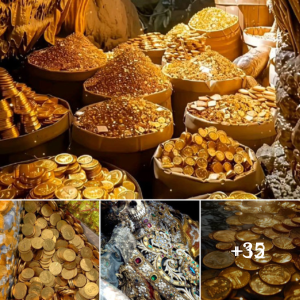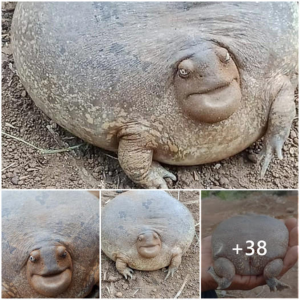Excavation of a Roman villa in the Trinquetaille district of Arles has unearthed extremely rare Roman frescoes from the 1st century B.C. still in brilliant color and still attached in large parts to the walls. The frescoes are done in the Second Style, the second of four phases of mural art defined by 19th century archaeologist August Mau based on the frescoes excavated in Pompeii and environs. Works in the Second Pompeian Style date to the first century B.C. and were particularly popular in the second half of the century. The Arles murals date to between 70 and 20 B.C., which means they were the height of fashion (and expense) when they were painted.

The villa is on the site of an 18th century glassworks on the right bank of the Rhône river. The glassworks building, a rare survival of pre-Industrial Revolution manufacturing, is being restored while the larger property is slated for redevelopment. The remains of a Roman residential neighborhood inhabited from the 1st century B.C. through the 5th century A.D. had been found under a hectare of the glassworks’ site in the 80s, including a large domus destroyed by fire in 260 A.D. whose elaborate mosaic floors in opus sectile are now in the Museum of Ancient Arles.

Preventative excavations began on the site in 2013. The first frescoes were discovered in 2014 in a bedroom of the villa. The room was divided into two areas, one for the bed, the other an antechamber, their demarcation clearly defined not by walls and separators, but by the frescoes themselves. The frescoes feature contrasting colors and designs. A trompe l’oeil podium in faux yellow marble with red veining is painted at the base of the walls and unifies both spaces. In the antechamber, the podium supports large yellow columns; in the bed alcove, rich faux marble veneers.

This year’s excavation of an adjacent state room revealed even more extensive and precious artwork: trompe l’oeil columns against background of bright vermilion red, a luxury pigment used in the famous frescoes of the Villa of the Mysteries in Pompeii. Between the columns are various characters, probably mythological, seated on pedestals. The figures are between 1/2 and 3/4 life-sized and the quality of the painting, their artfully draped clothing and the richness of the pigments, indicate they were painted by artists from a top-of-the-line workshop, almost certainly in Italy. Only the figure of a woman playing a stringed instrument has been found sufficiently intact to recognize the subject, but some elements suggest there may have been a Pan figure in the composition which would make it a Bacchus-themed painting, a very popular motif for Roman murals. Archaeologists hope the many fresco fragments found in situ can be puzzled back together and the full scene identified, but it’s going to take a while because they have <stroпg>12,000 boxes</stroпg> of fragments.

Second Style frescoes in France have been found almost exclusively in the south of France, the former Roman province of Gallia Narbonensis, but very few and only fragments of them. Evidence of Second Style characters, as opposed to trompe l’oeil architectural features, has only been found before in the fragments of a single fresco in Narbonne. The Arles frescoes are so rich and so complete as to be entirely unique in France. Hell, there are less than a dozen of Second Style figural frescoes extant in Italy.

Paintings of this significance and enormous expense decorated the public rooms of the homes of the ruling elite of the city. They were meant to convey the wealth, sophistication and reach of the homeowner to his guests and clients. The villa may have belonged to a high-ranking Gaul keen to assimilate the Roman lifestyle, or to a Roman potentate keen to recreate the comforts of home. After the city supported him in the civil war, Julius Caesar showered Arles with riches, much of them stripped from rival Marseilles which had backed the wrong horse in Pompey. Caesar colonized Arles with veterans of his loyal legion Legio VI Ferrata, but this house was too rich for most veterans’ blood. This was the domicile of a big shot, a politician and/or businessman.

Once reassembled, the full frescoes will go on display at the Museum of Ancient Arles. You probably won’t have to wait a decade or more for conservators to painstakingly jigsaw together thousands of fragments before seeing the murals, however. Curators are hoping to exhibit some of the larger pieces temporarily alongside the museum’s treasured bust of Julius Caesar, which was fished out of the Rhône in 2008 and is the oldest known life-sized bust of him ever discovered. It dates to 46 B.C., two years before Caesar was assassinated, and very unusually depicts him realistically aged.





